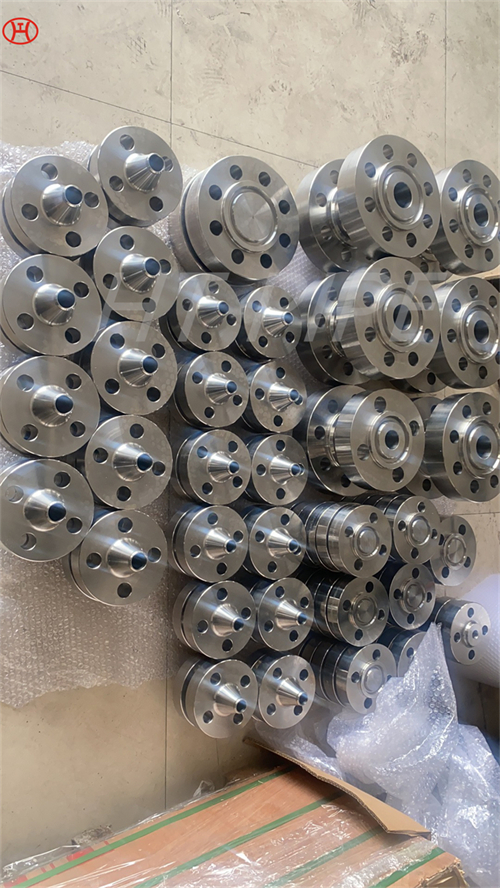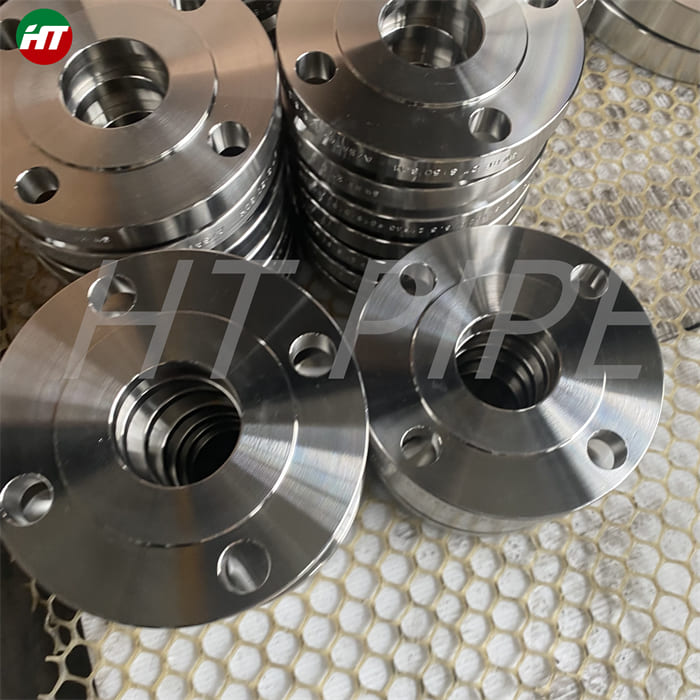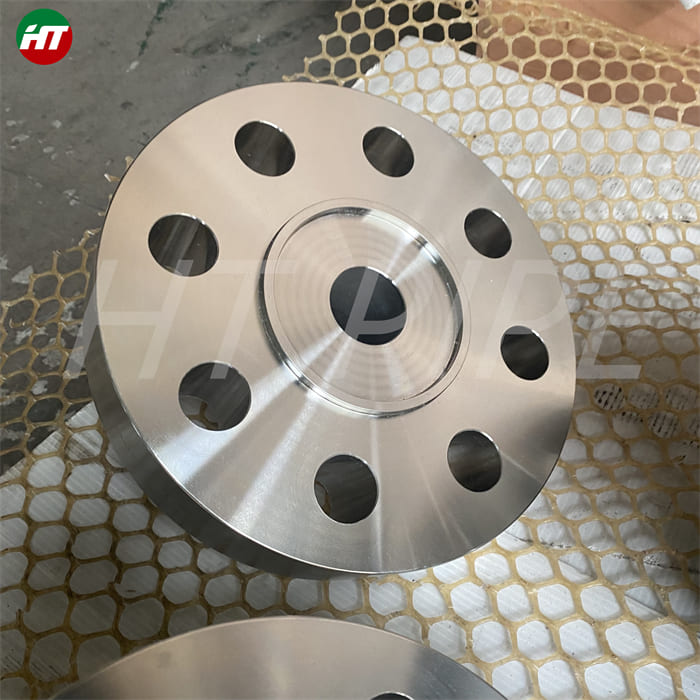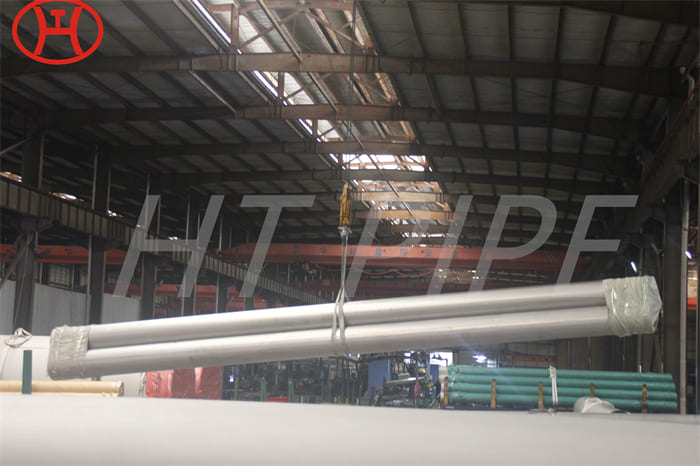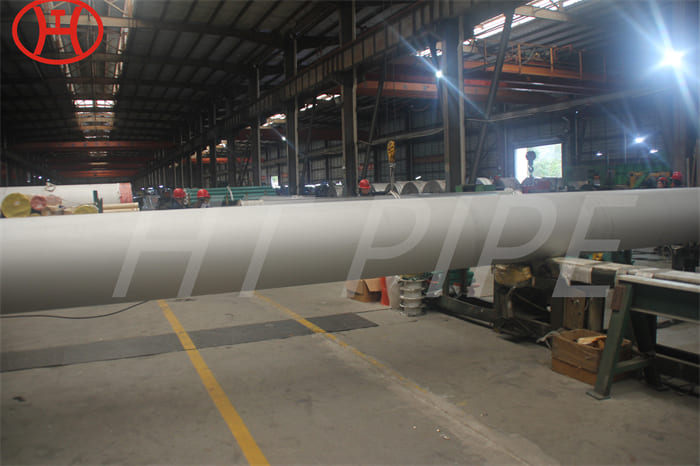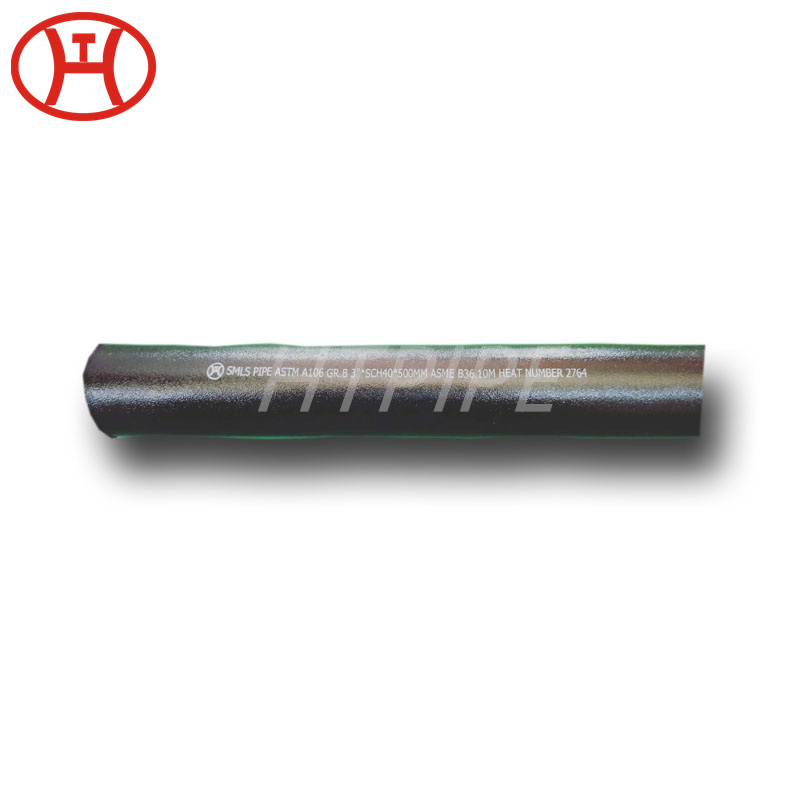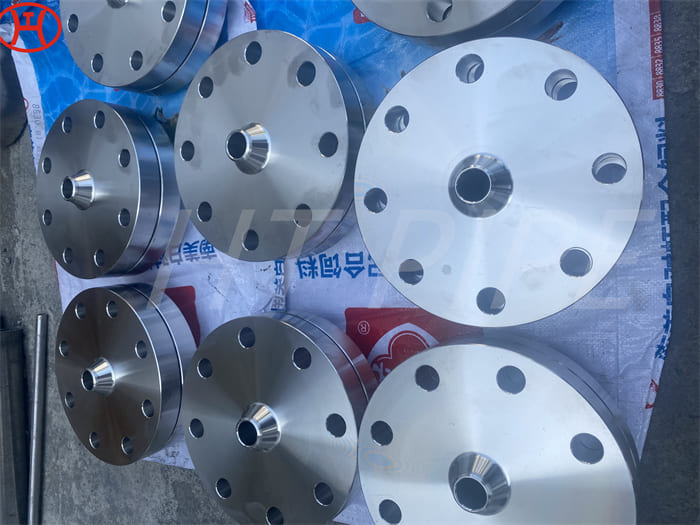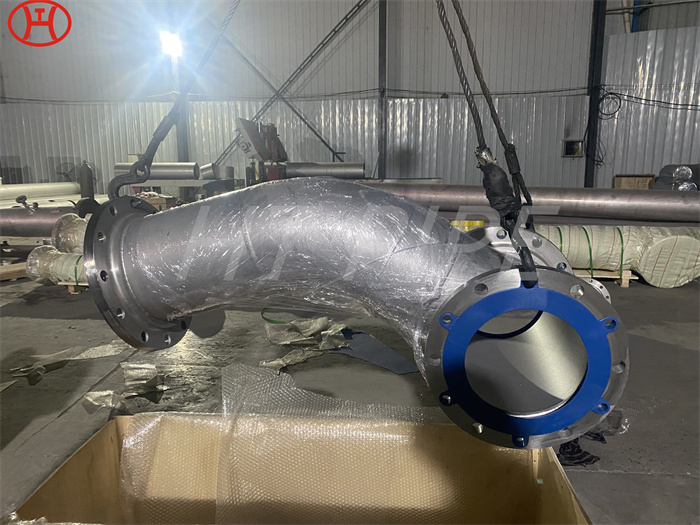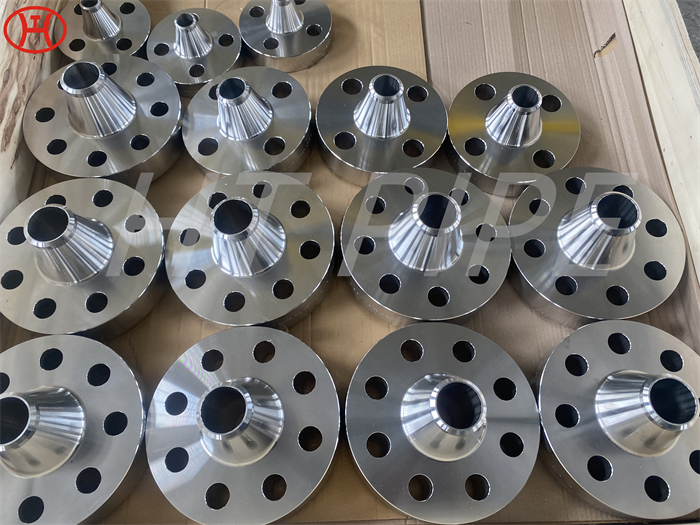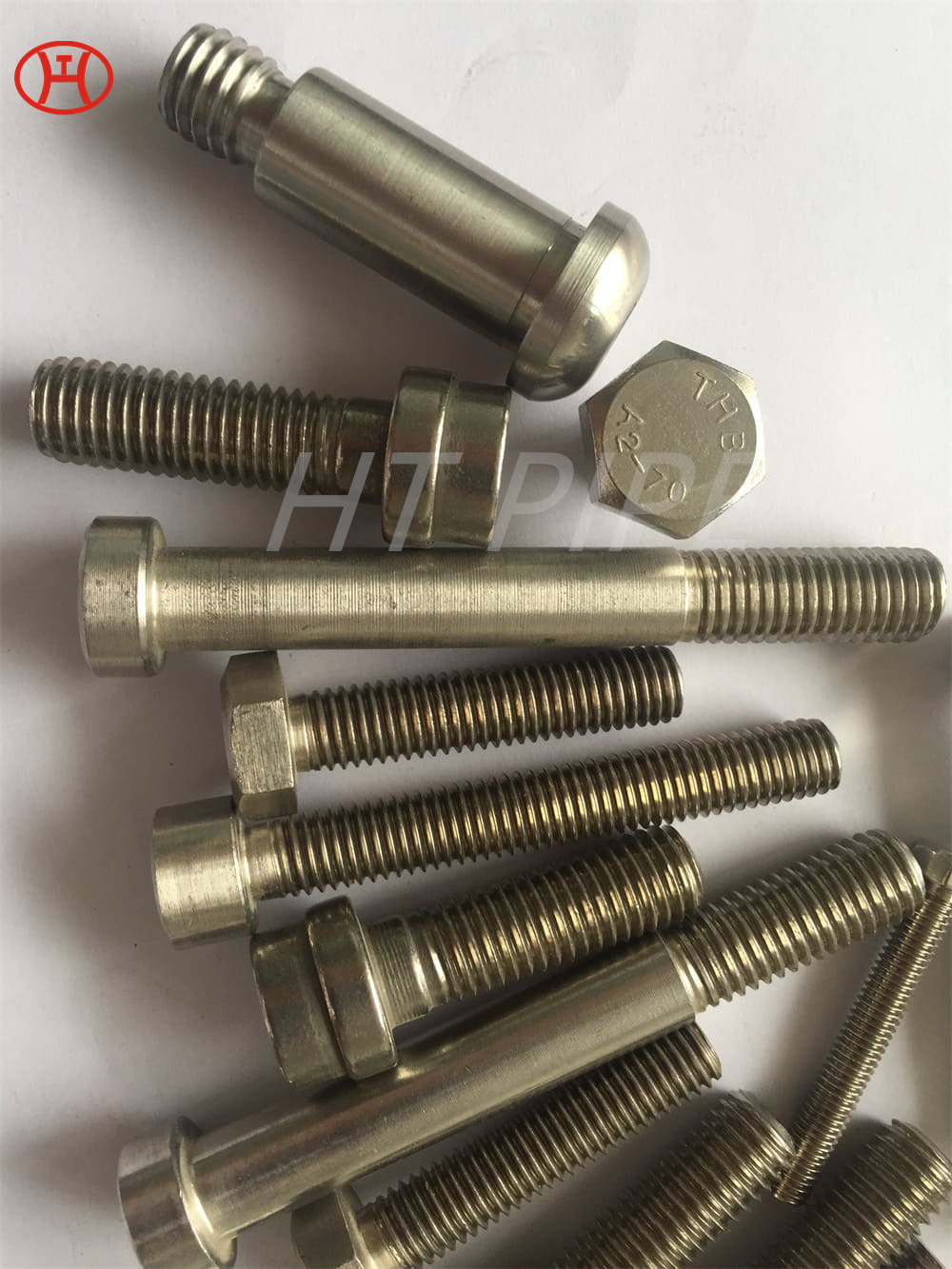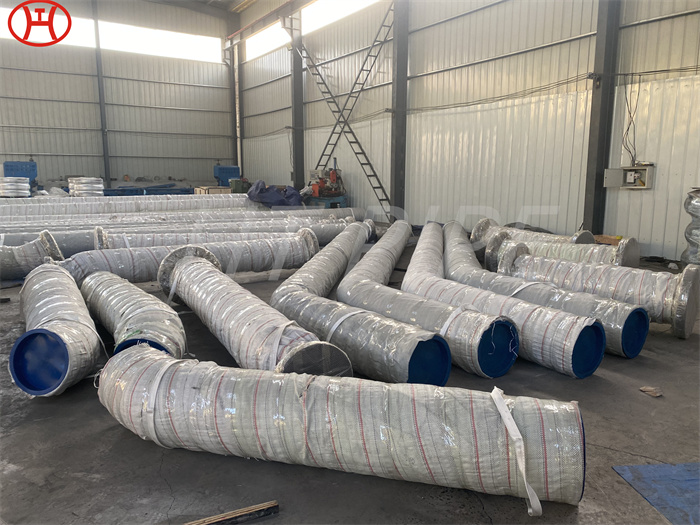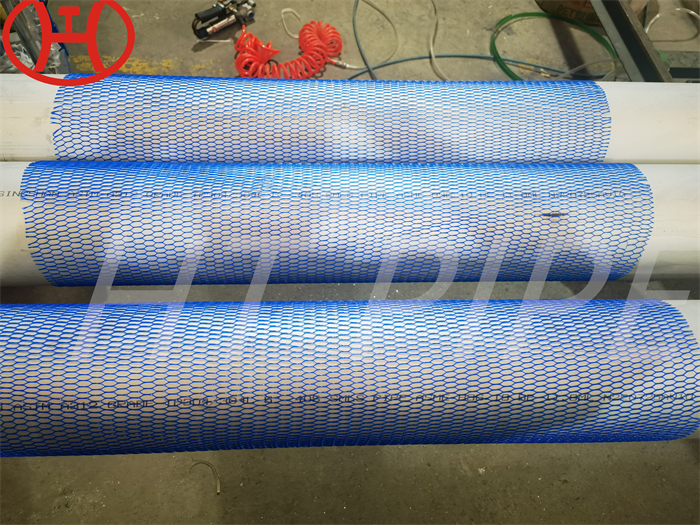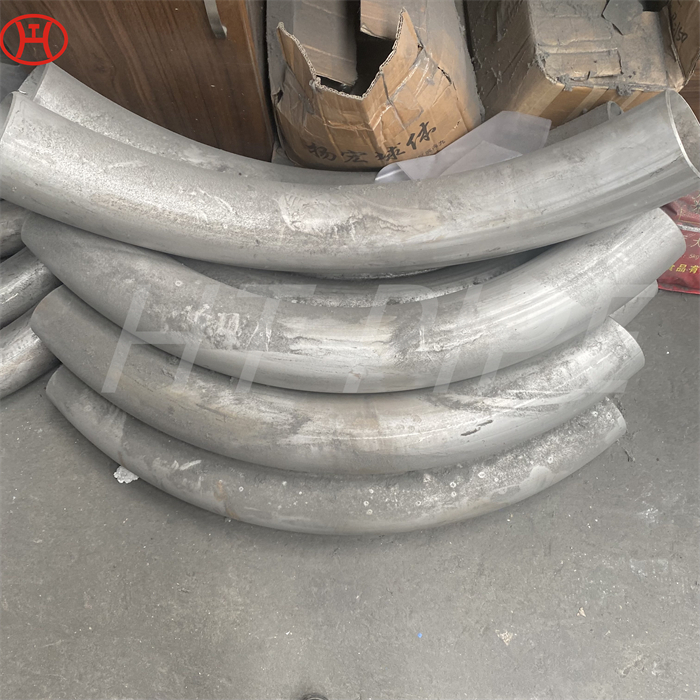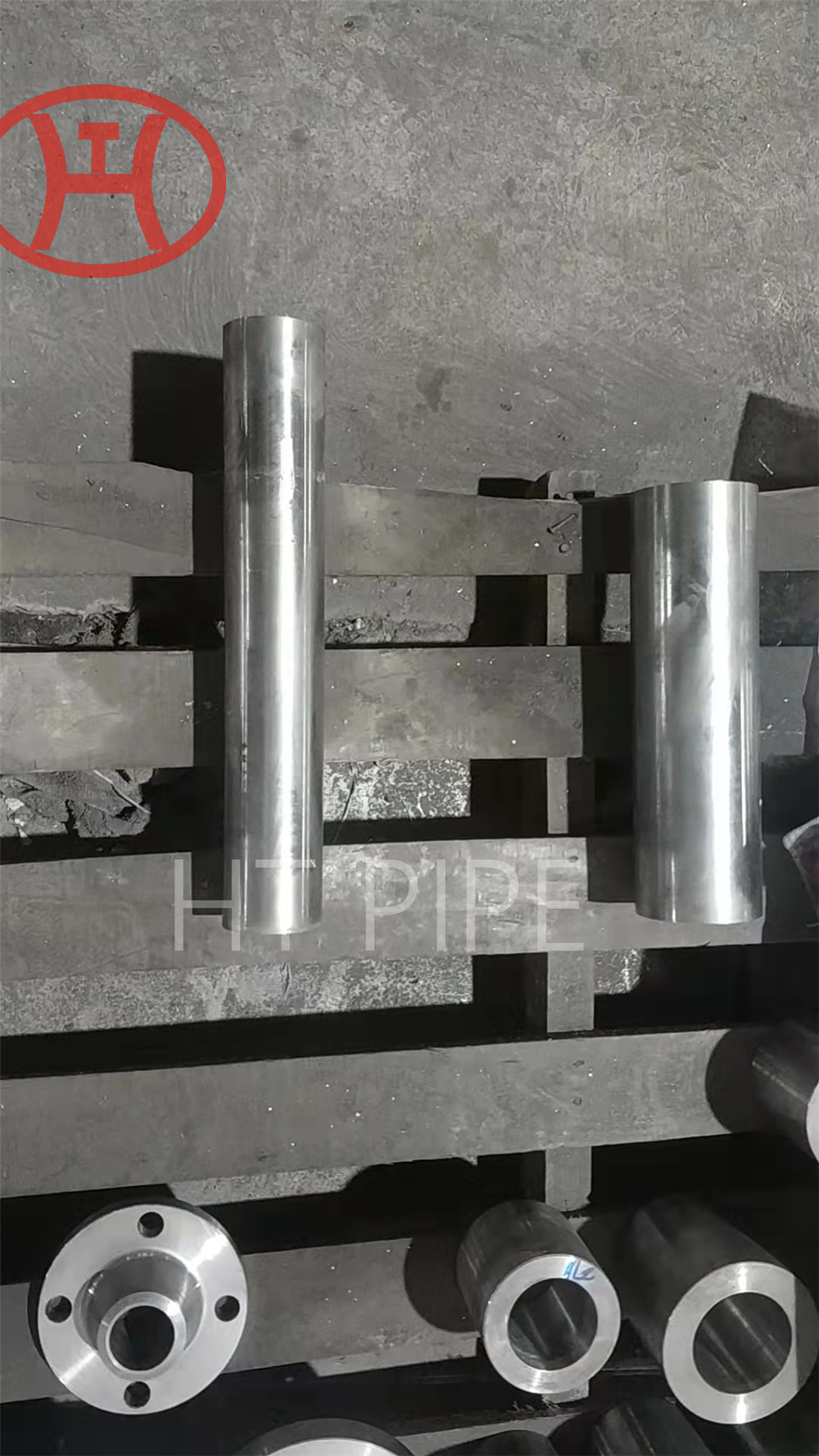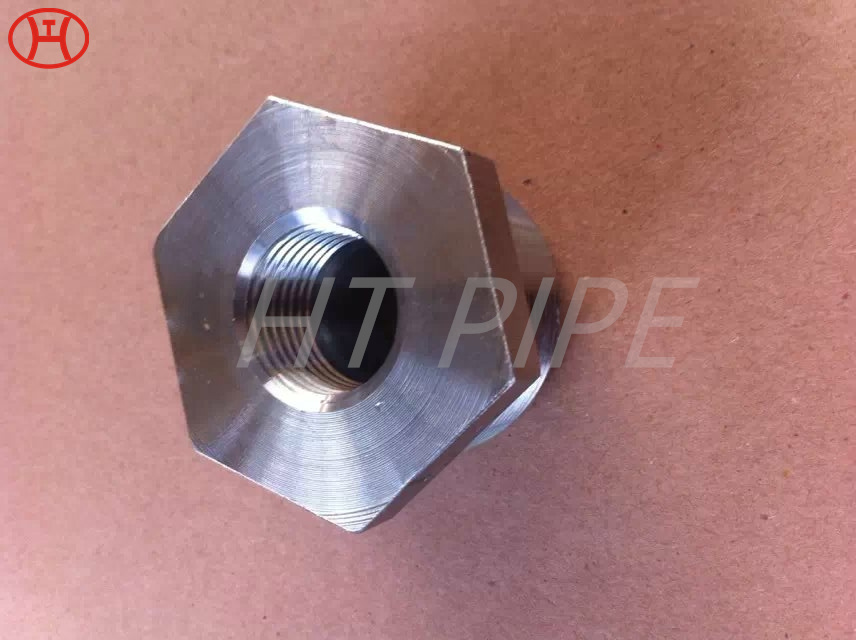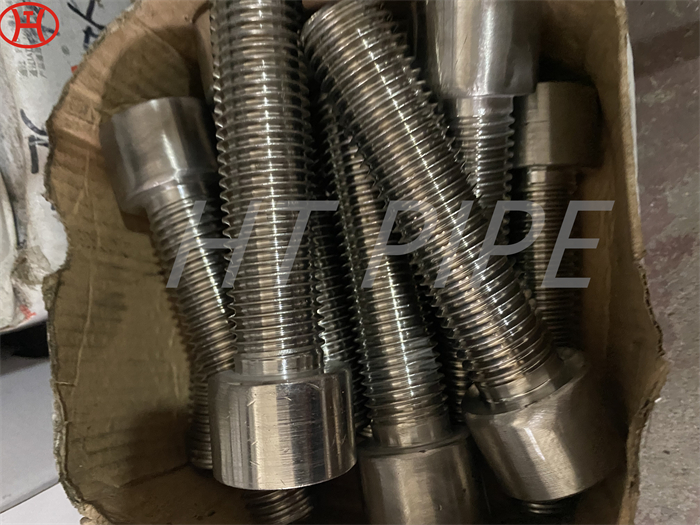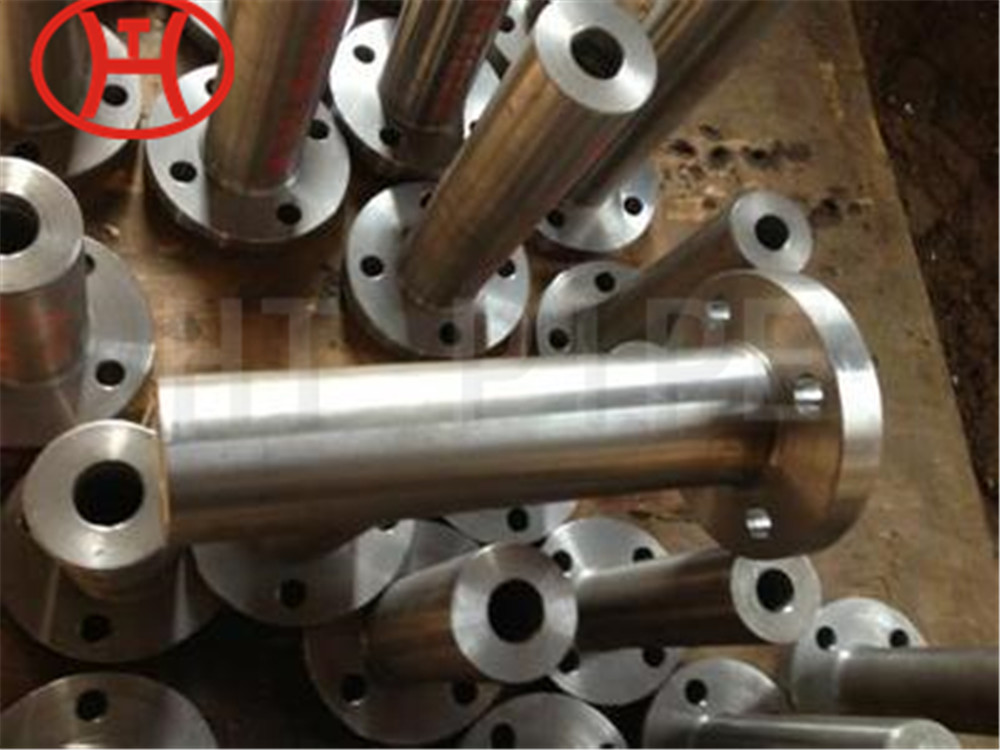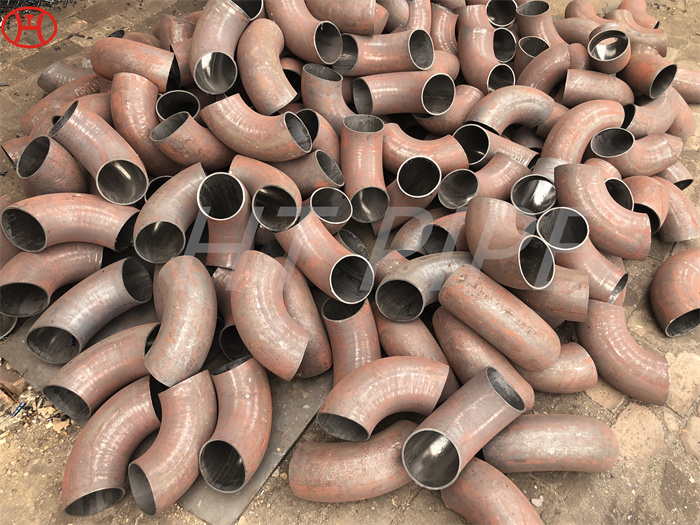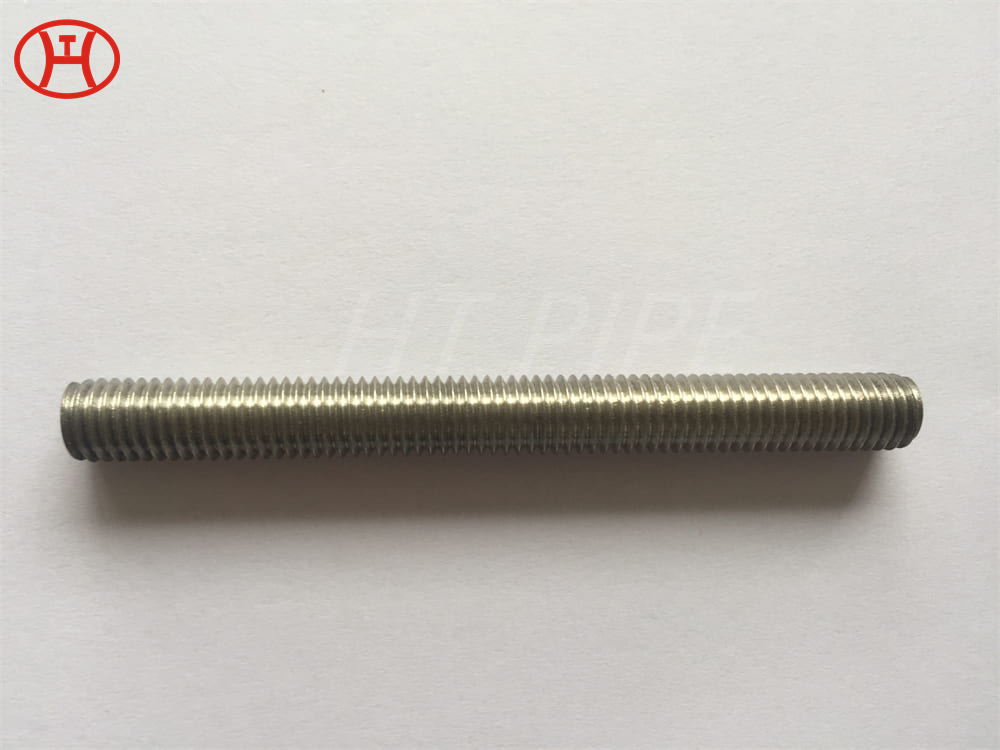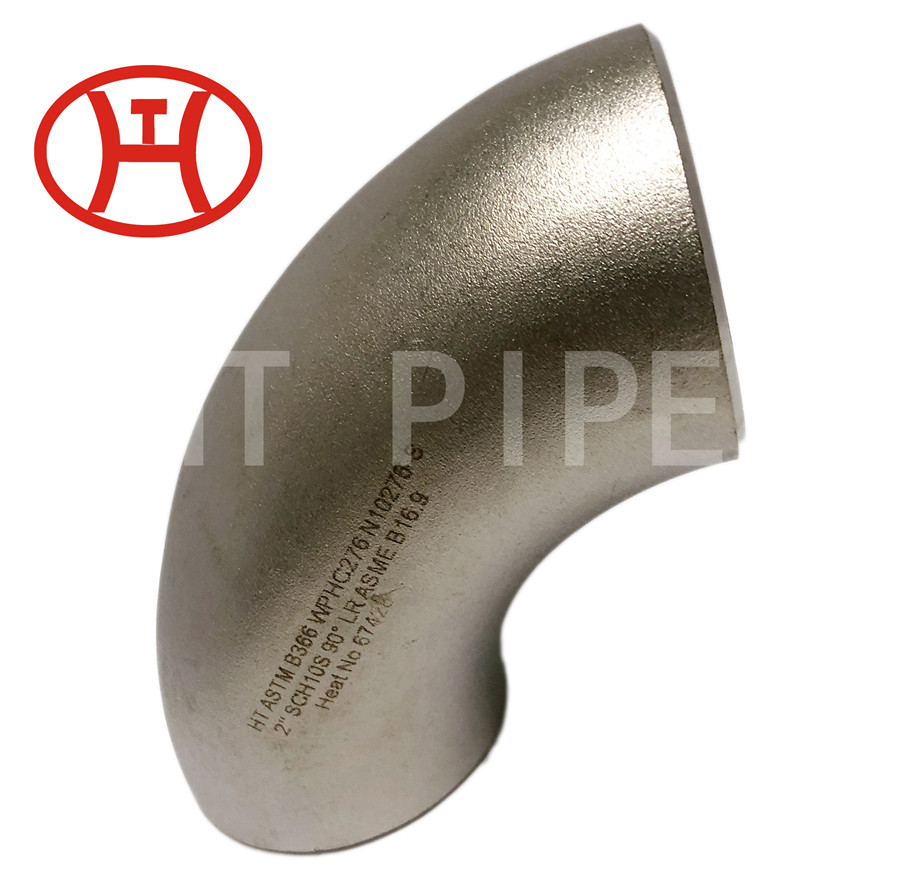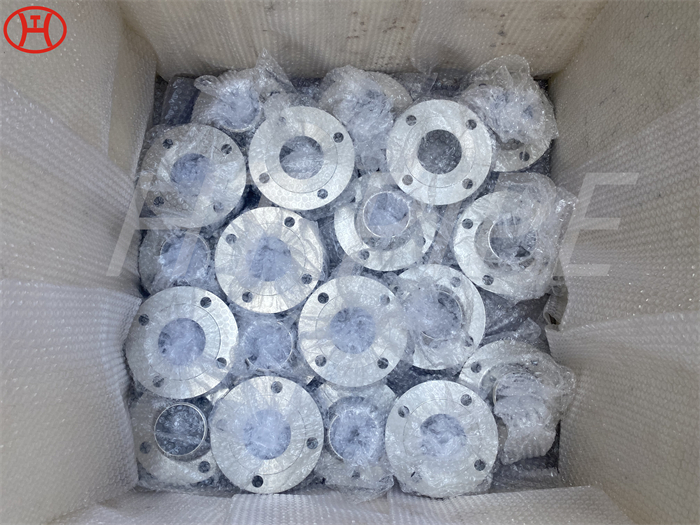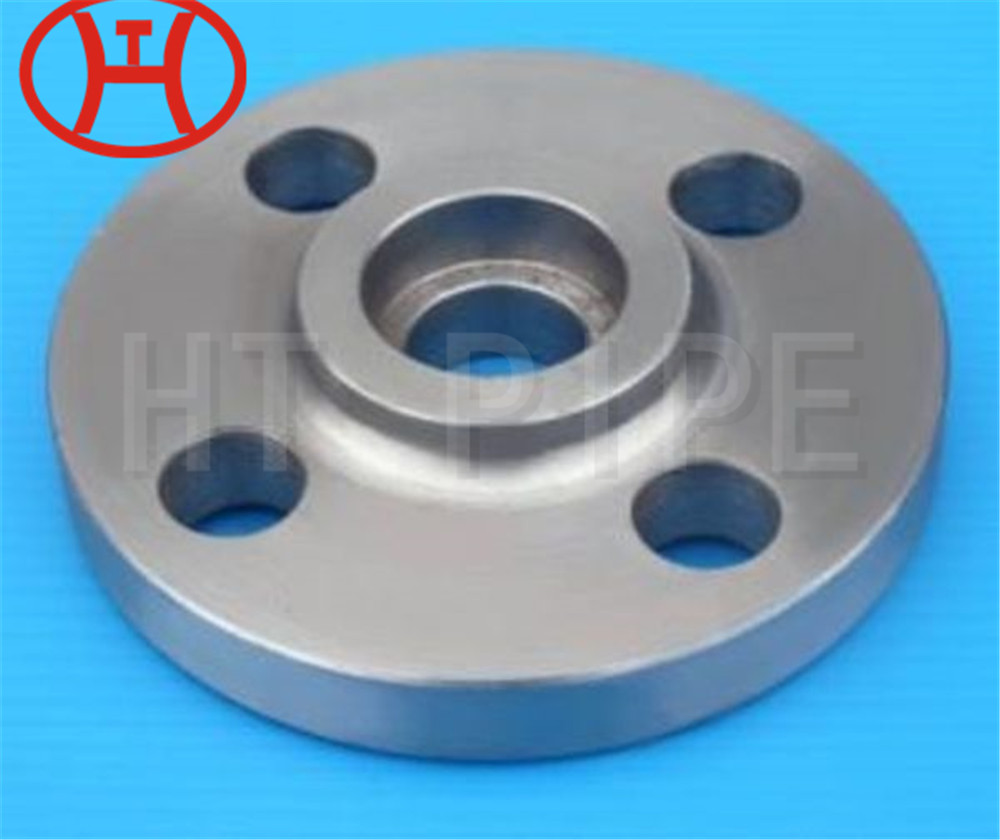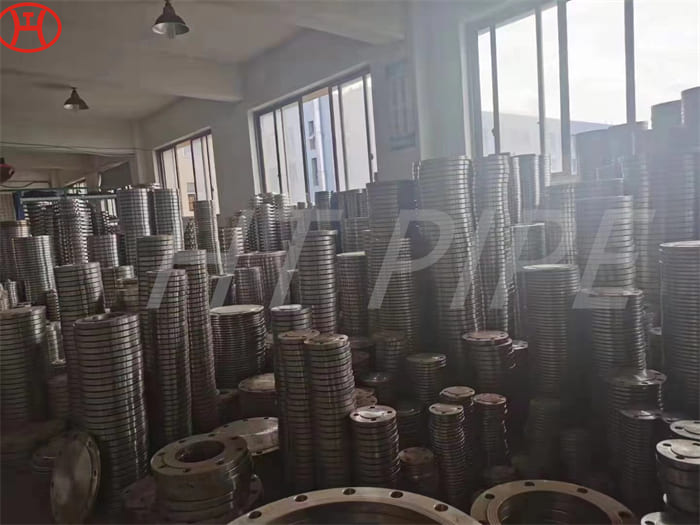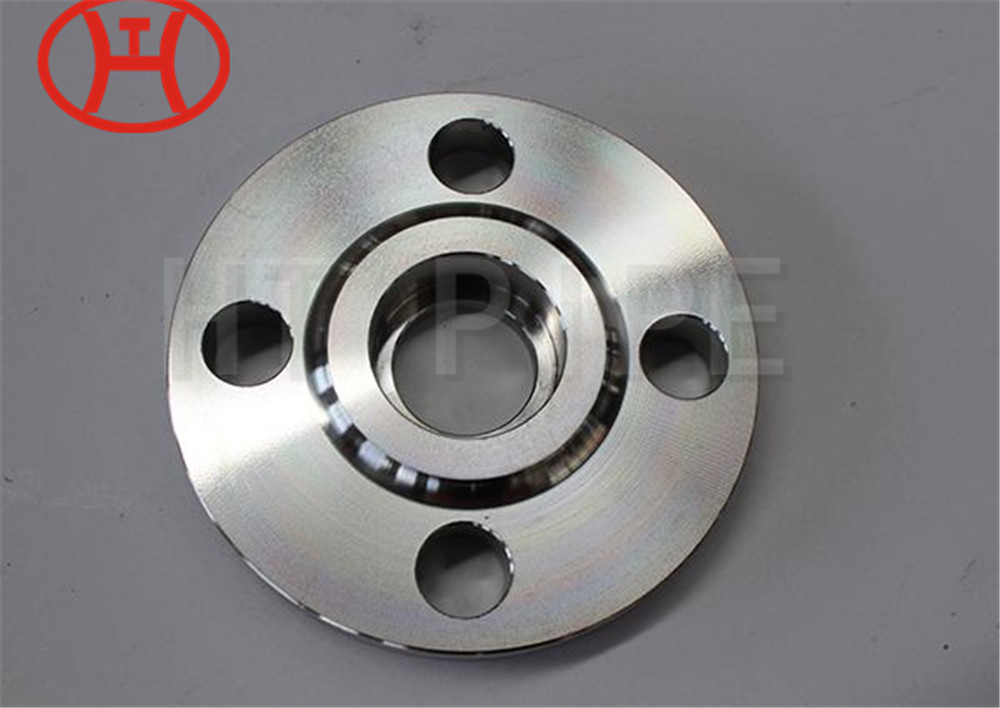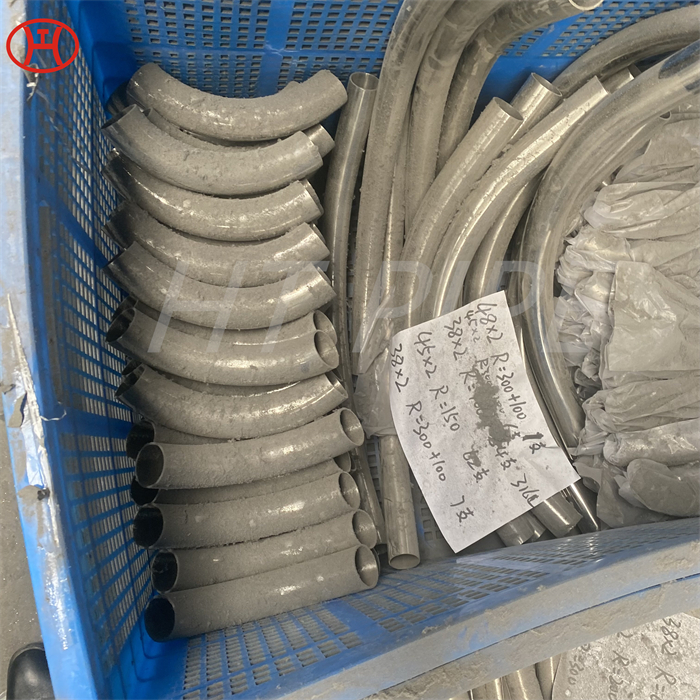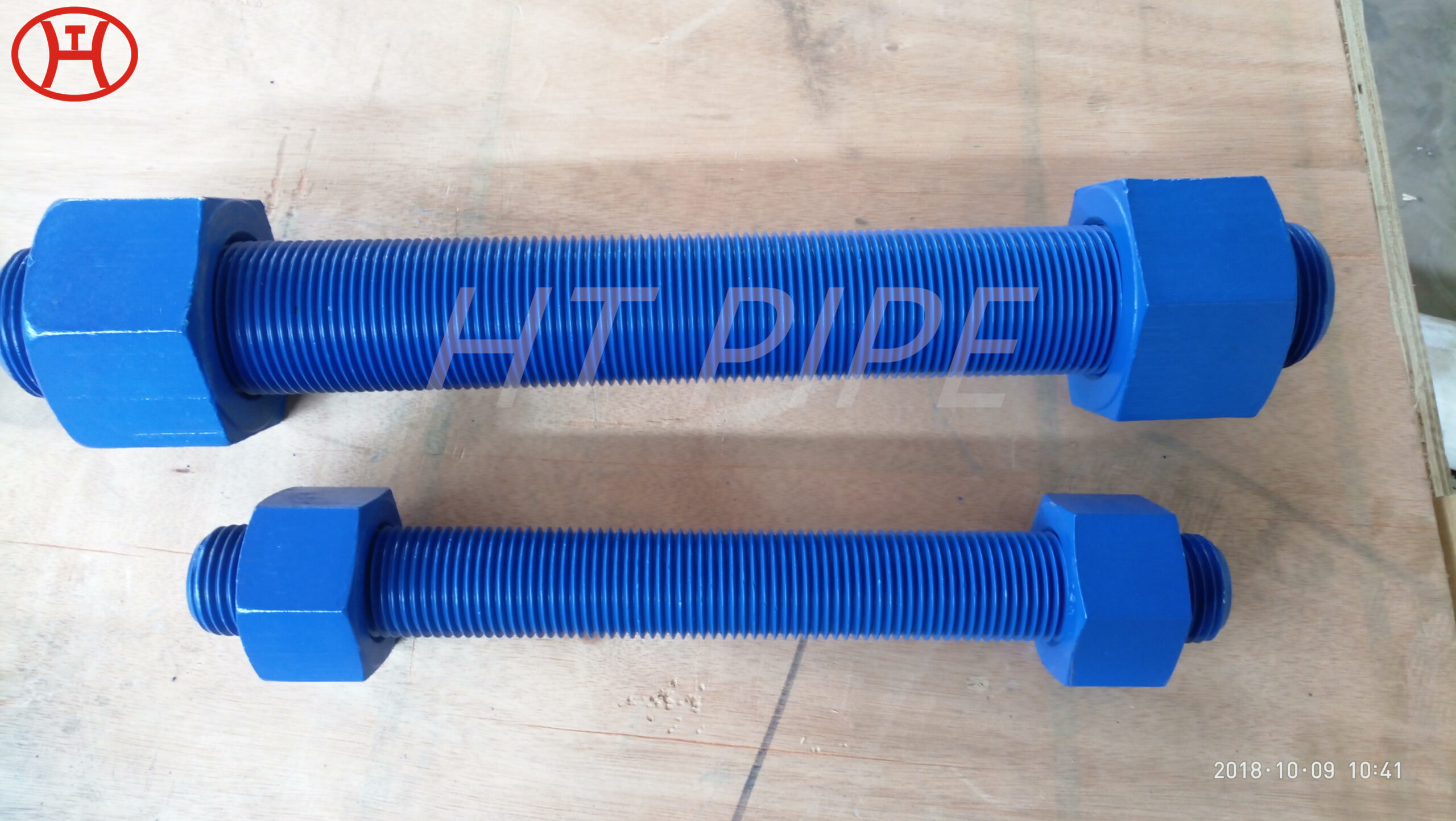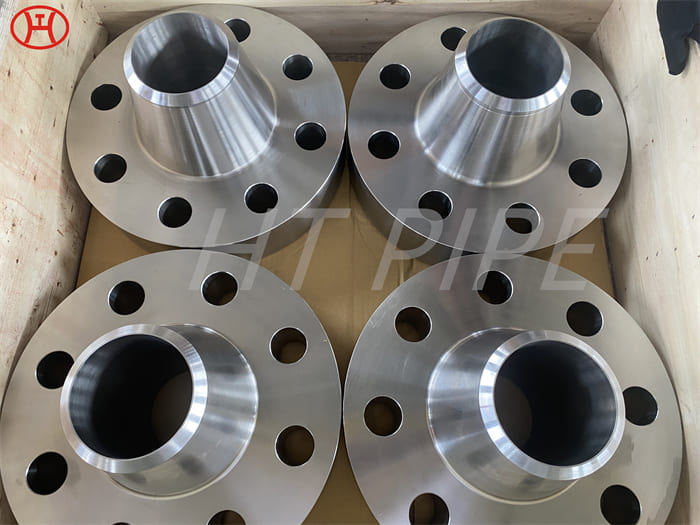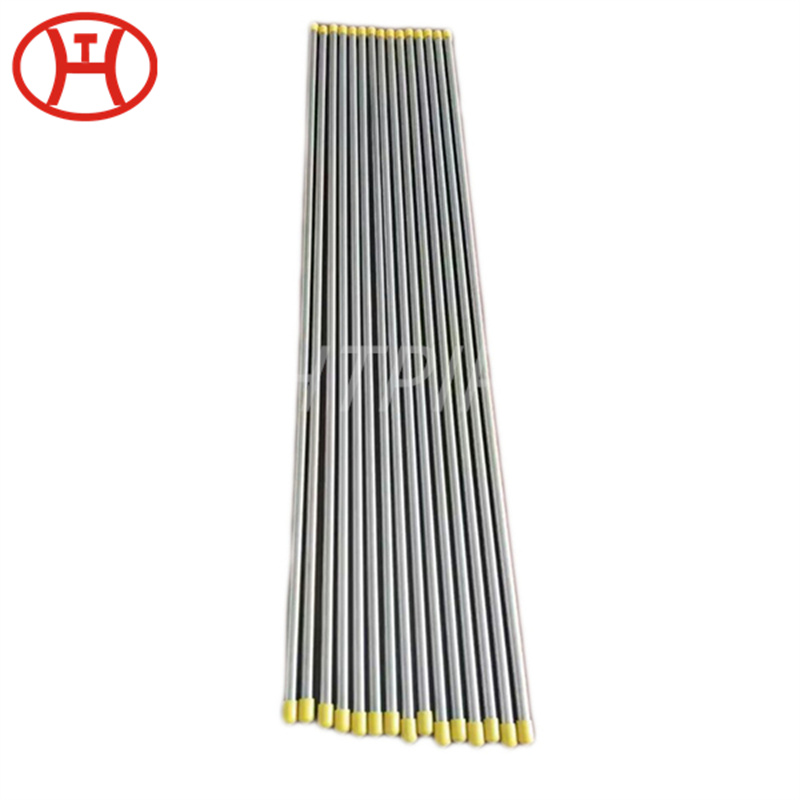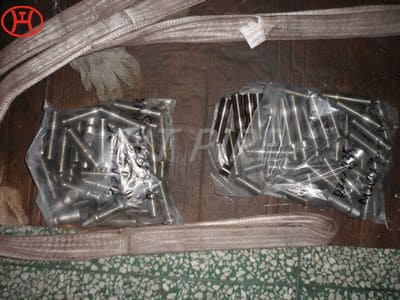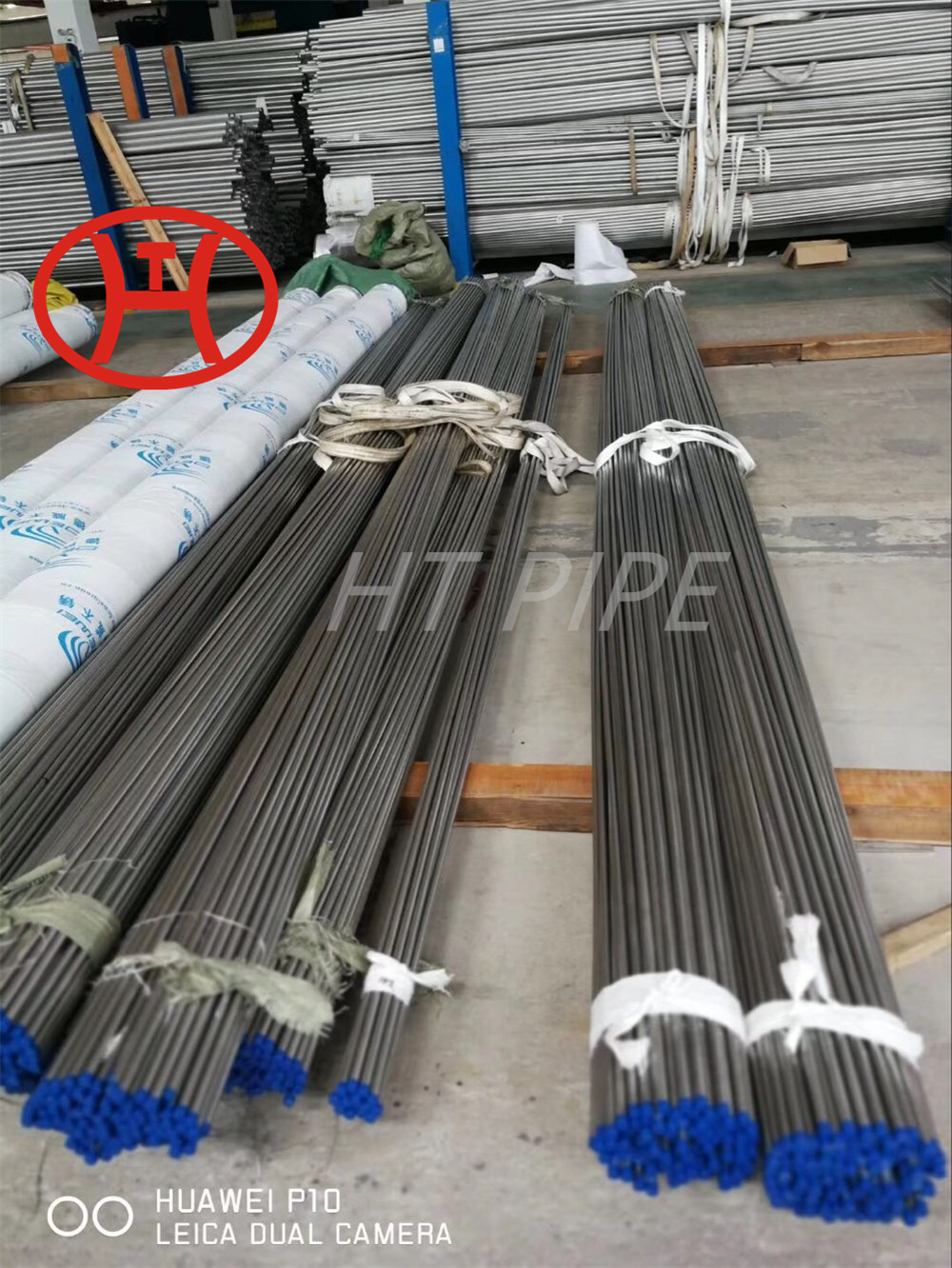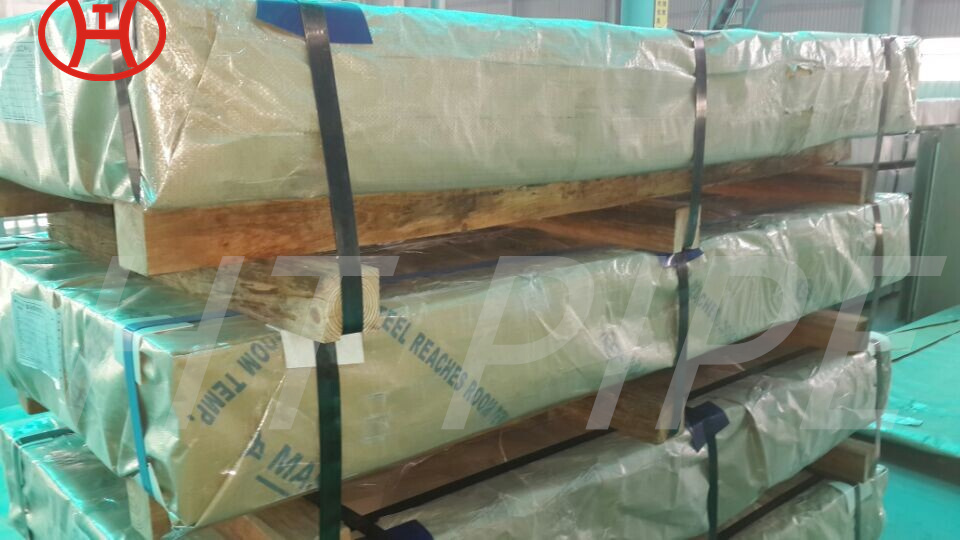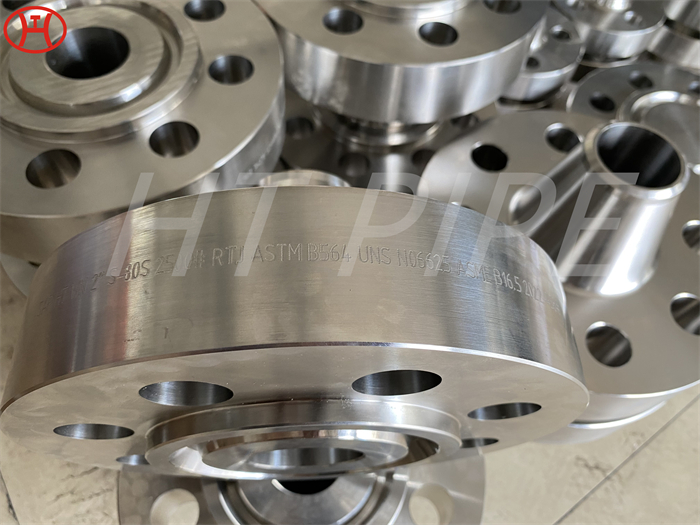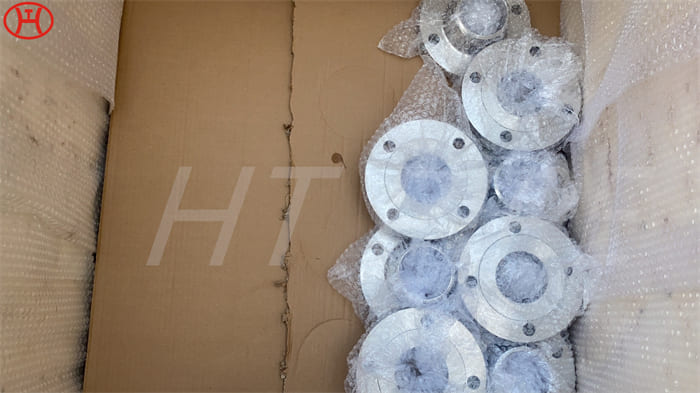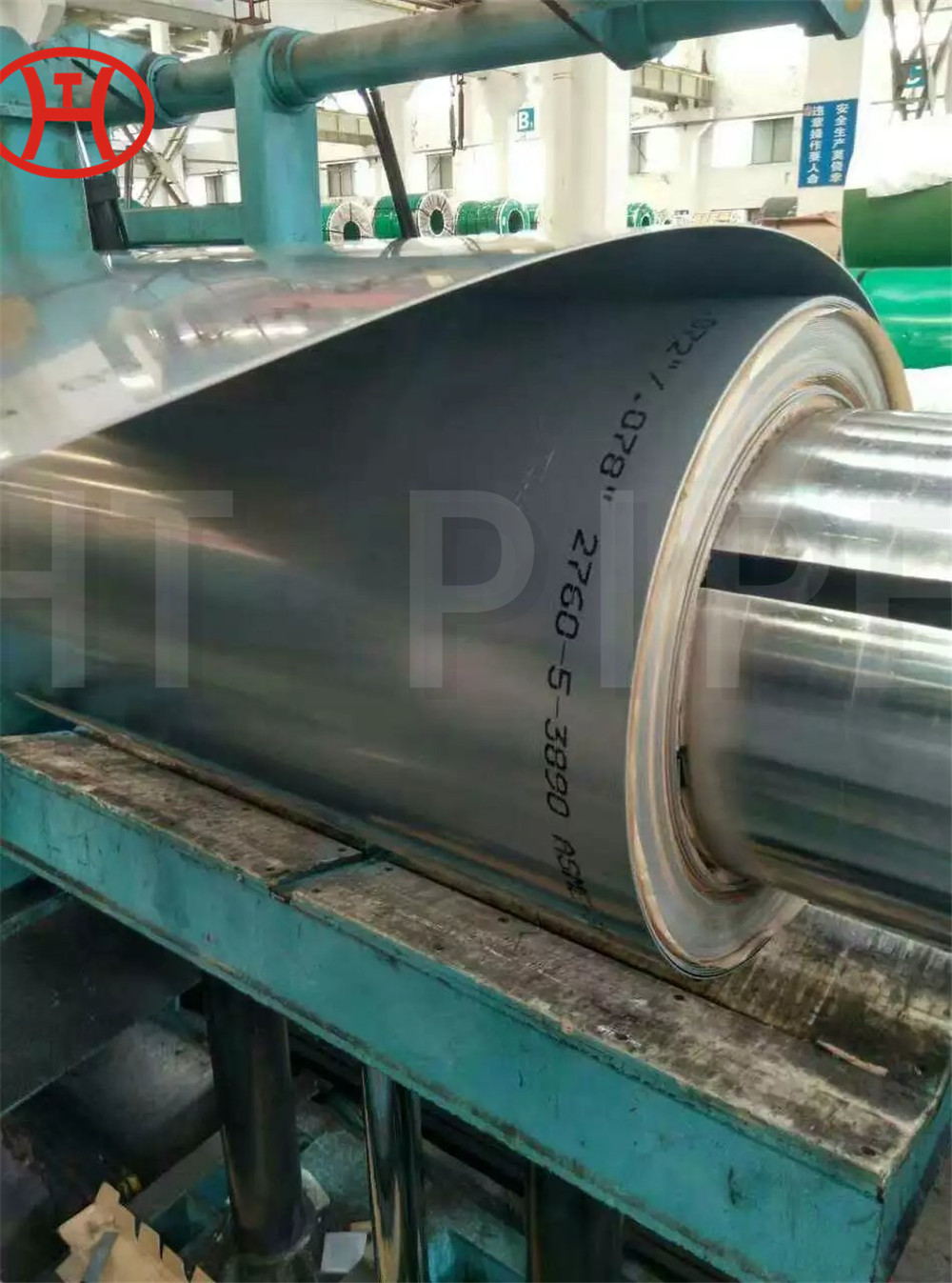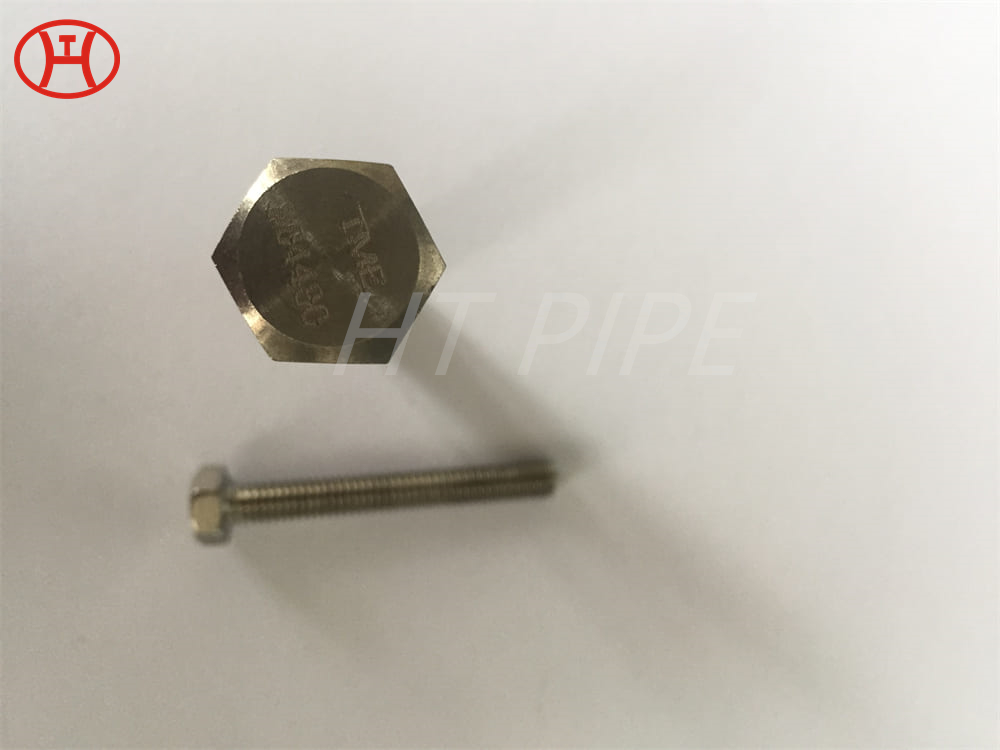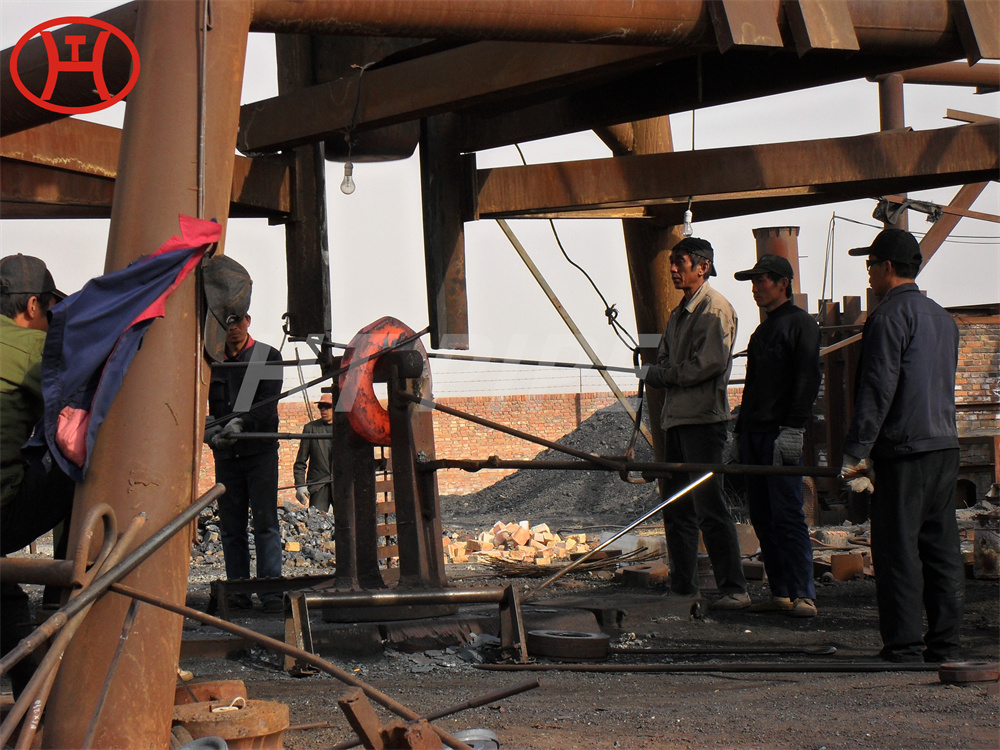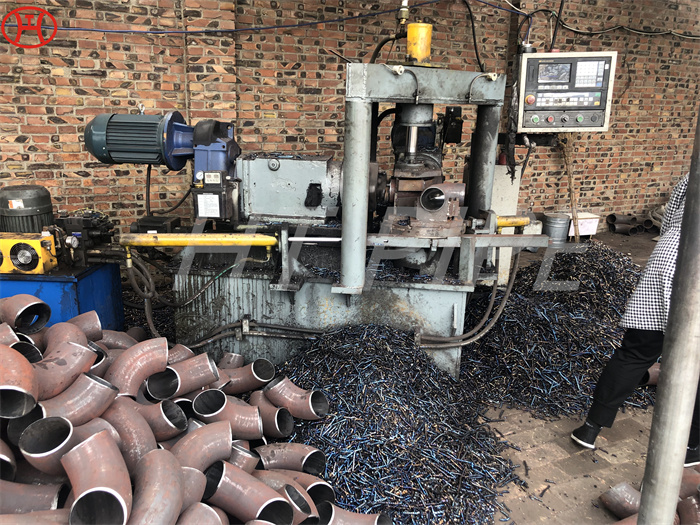Nickel Alloy WN Flanges Hastelloy B2 Ring Joint Type Flanges
Thus these Hastelloy B2 Flanges are considered to be well suited to be used for most chemical process applications in an as-welded condition. Due to lower carbon content in the alloy, there is reduced precipitation of carbides as well as other phases in the heat-affected weld zones, which in turn ensures uniform resistance to corrosion in the flange.
These flanges have nickel and molybdenum content that offers excellent resistance in all types of acidic and reducing environments. The molybdenum content offers excellent resistance to corrosion and higher mechanical strength even in hostile conditions. Our flanges have exceptional chemical and mechanical properties that perfect meet the demands of industries. We are offering Hastelloy B2 Flanges with advantages like superior tensile strength, higher durability, superior finish, excellent resistive properties and long lastingness. Our flanges can withstand easily in any hostile environments due to higher yield strength and toughness. We are producing these flanges in bulk amount and maintaining considerable stock to provide timely delivery in case of emergency requirements. Hastelloy B2 Flanges offer excellent fabricability, sturdy structure, high ductility, excellent tensile strength, superior surface finish, and longer working life. Due to these features, our flanges are widely used in Off-Shore Oil Drilling Industry, Petrochemicals, Chemical Equipment, Condensers, Pulp and Paper Industry, Gas Processing, Sea Water Equipment, Power Generation, Vacuum furnaces, Pharmaceuticals etc.

